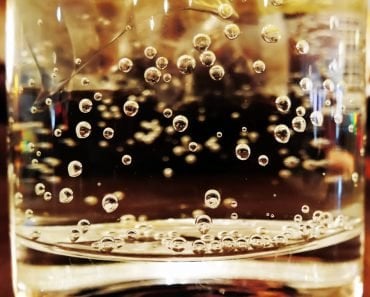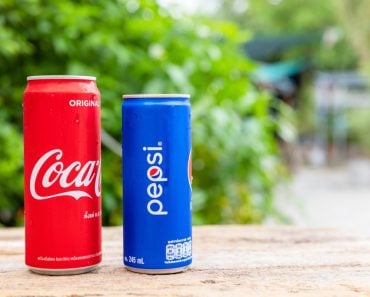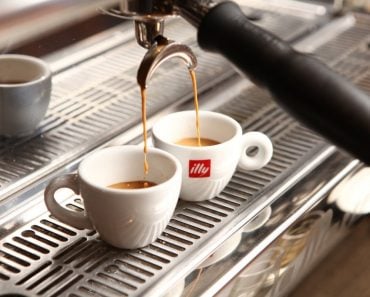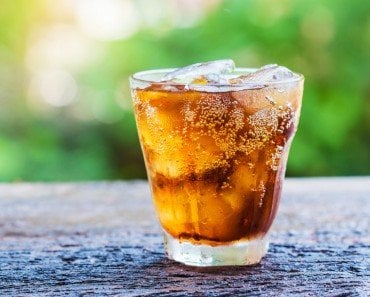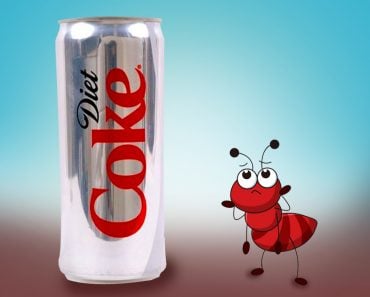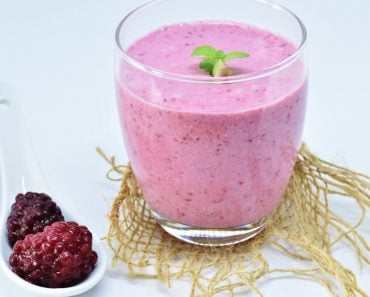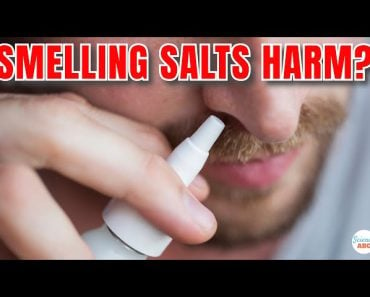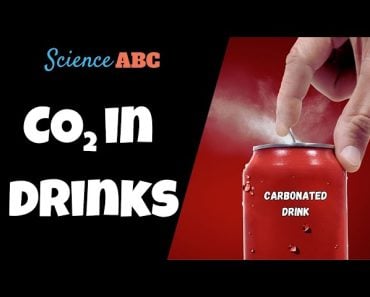Table of Contents (click to expand)
Coca-Cola and 7-Up used to include coca leaves and lithium citrate in their recipes, respectively. While these ingredients are no longer used in the production of the soft drinks, the companies have not disclosed what they currently use as substitutes.
On a hot summer day, there is nothing as refreshing as a cold soft drink, beading with icy cold sweat, that quenches your thirst, cools your hot forehead, and gives you an energetic boost. There are thousands of soft drinks out on the market, from hundreds of different companies, but some have risen above the pack around the globe. Famous soft drinks like Coca-Cola and 7-Up, for example, are two of the most famous brands, but they have quite a secret. What secret, you ask?
In the past, it was a very different time in terms of regulation for medication, food, drinks, and other substances that we now monitor closely. Coca-Cola used to include coca leaves (the direct source material of cocaine) in their recipe, which they claimed to have not changed for 99 years! 7 Up, on the other hand, used to include lithium citrate in its recipe, which has its own range of side effects that weren’t full understood at the time.
While these stories often reached the level of urban legends or folk tales, the truth is, those companies did used to include drugs in our soft drinks. While things have certainly been “corrected” in recent decades, the story is still a fascinating one, and deserves to be told!
Recommended Video for you:
The Coca-Cola Conspiracy
Coca-Cola was first developed in 1886, and at that time, adding cocaine to various tonics and beverages wasn’t exactly uncommon. However, the sweet and unique flavor of Coca-Cola, when combined with the energetic kick of cocaine leaves, made it extremely popular. As a copy of the original recipe clearly states, Coca-Cola contained three parts coca leaf to one part cola nut. That is a pretty strong percentage, so it’s no wonder that people felt like having a refreshing bottle of Coke felt like a shot in the arm.
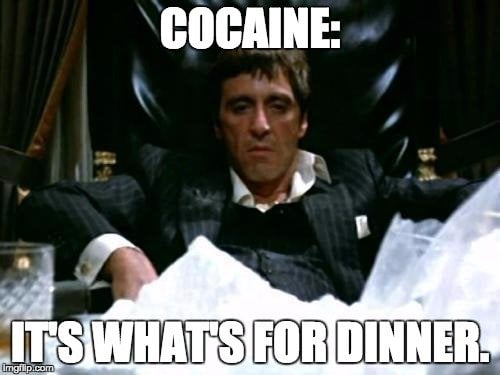
This cocaine-infused popularity caused the brand to grow, but by the beginning of the 20th century, public opinion regarding cocaine had shifted, as it was linked to crime, violence, and racial unrest. Coca-Cola, despite claiming to have not changed its recipe for the better part of a century, did in fact make a small switch. Instead of using fresh coca leaves, which contained the powerful drug, they began using “spent” coca leaves, eliminating the cocaine component. The flavor, however, remained the same, and many people had already become “addicted” to this beverage.
The natural sugars in the drink still made it widely appealing and popular, as the sugar content is quite high, providing you with a short, artificial energy boost. There is still a bit of mystery left, as Coca-Cola’s current recipe also includes secret ingredients, the identity of which is one of the most well-kept secrets in the world. Simply called Merchandise 7x-100, this may be that extra bit of magic that has made Coca-Cola one of the most popular brands on the planet. Is the secret ingredient cocaine?
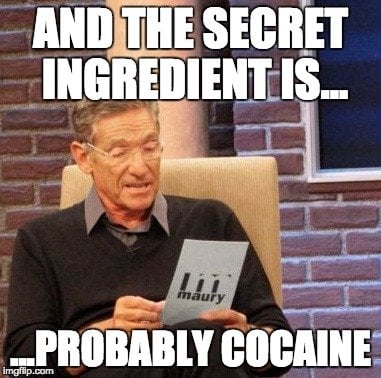
Interesting question, and conspiracy theorists still like that idea, but I think the general public would have noticed by now if we started failing drug tests without any logical explanation except the Coke cans in our recycling bin.
7 Up Also Ups Your Mood
You might think of soft drinks quenching your thirst after a solid workout, but what about boosting your mood when you’re having a bad day? While that sounds like a pretty great side effect, medicating an entire portion of the population isn’t a very good idea. However, as mentioned earlier, we weren’t always as wise when it came to regulation as we are now.
Back in the 1920’s, lithium was all the rage. It had been considered a curative substance, and lithium springs and rejuvenation baths had been a popular destination for decades. Lithium citrate was a particular type of mood-stabilizing agent that was widely viewed as healthy and beneficial, so adding it to what we now know as 7 Up seemed like a great marketing tool. In fact, 7 Up’s original name was Bib-Label Lithiated Lemon-Lime soda. That’s a bit of a mouthful, which may explain why they cut the name down, but the word “lithiated” is right there in the title!
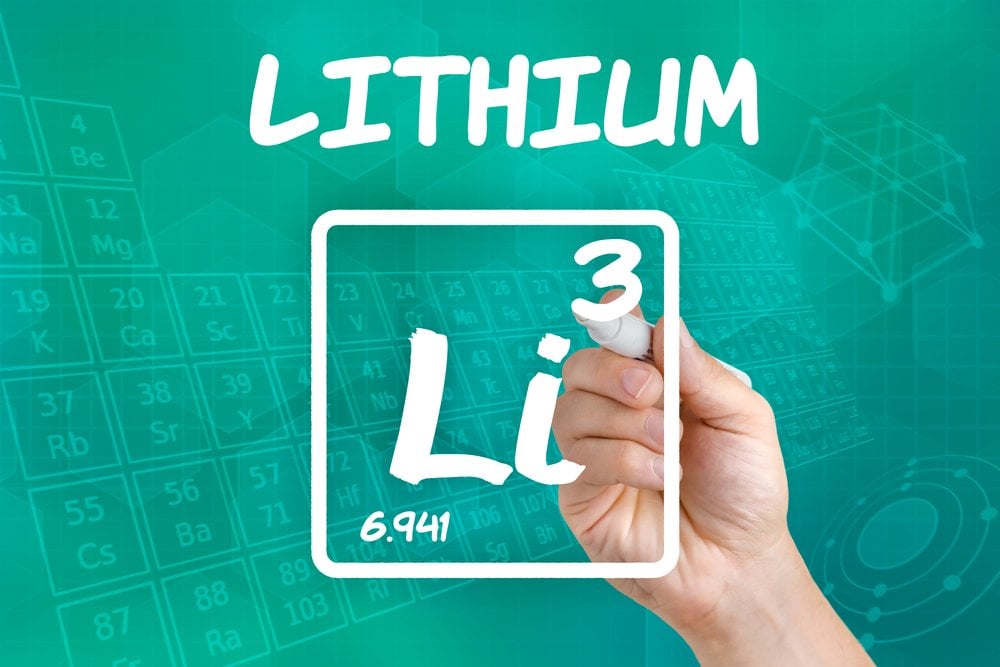
Lithium in various forms was used to improve mood, stabilize the nerves, and prevent depression when applied pharmaceutically, but it can also have a number of interactions within the body in high doses. By adding lithium citrate to the soda (and many other products), companies were essentially medicating their consumers, a trend which stopped near the middle of the century. Since 1948, 7 Up hasn’t been including lithium citrate in its recipe, and people still seem to like the taste. On another conspiracy theory note, the atomic mass of lithium is 7, which is why some people suspect that the name changed to 7 Up in the first place!
So, while we don’t have such blatant drug injections in our soda anymore, there are still plenty of chemicals, artificial sweeteners, and who knows what else in our soft drinks, so next time you take a long, fresh swig of Coke, remember Merchandise 7x-100…whatever the hell it is!


